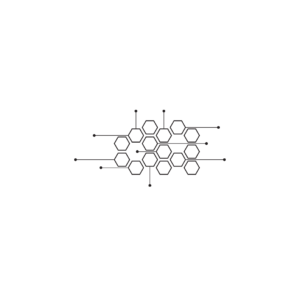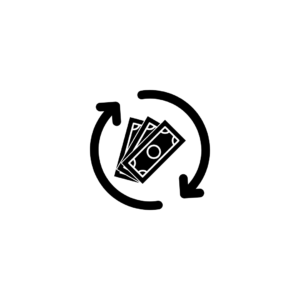Description
The Diploma in Vocational Education (D.Voc) in Storyboard Artist is a specialized program aimed at training individuals in the art and techniques of storyboarding for film, television, animation, and video games. Storyboarding is a critical pre-production step that involves visually representing scenes through drawings or digital images, allowing directors and production teams to visualize the narrative flow and composition before actual filming or animation.
Course Details:
Duration: Typically 1 to 2 years, depending on the institution.
Eligibility: Candidates usually need to have completed secondary education (10th or 12th grade). A background in fine arts, graphic design, or a related field may be beneficial but is not always required.
Mode of Study: Offered as a full-time program, incorporating both theoretical learning and practical art projects.
Curriculum:
The curriculum for a Diploma in Storyboard Artist generally includes the following key areas:
1. Introduction to Storyboarding
Understanding the Role:
Overview of the role of a storyboard artist in the production process, including collaboration with directors and animators.
Visual Storytelling:
Principles of visual storytelling and how images can convey narrative, emotion, and pacing.
2. Fundamentals of Drawing
Basic Drawing Skills:
Techniques for figure drawing, perspective, composition, and scene layout.
Character Design:
Fundamentals of designing characters and understanding their actions and emotions.
3. Storyboard Techniques
Storyboarding Process:
Understanding the workflow of storyboarding from concept to final boards.
Panel Composition:
Techniques for creating effective panels that communicate action, timing, and transitions.
4. Digital Tools and Software
Digital Storyboarding Software:
Training in industry-standard software such as Toon Boom Storyboard Pro, Adobe Photoshop, and others relevant to digital storyboarding.
Animation Basics:
Introduction to animation principles, including timing and movement, useful for creating dynamic storyboards.
5. Film Language and Cinematics
Understanding Cinematic Techniques:
Learning about shot types, camera angles, and movement, and how these affect storytelling.
Script Analysis:
Techniques for analyzing scripts to determine critical scenes and visual storytelling elements.
6. Practical Application
Hands-On Projects:
Completing projects that involve storyboarding scenes for various media, including live-action films, animation, and commercials.
Internships or Collaborations:
Opportunities to work on real projects with experienced professionals in the field.
Assessment:
Assessment in this program may include:
Portfolio Development:
Creating a portfolio of storyboards and related artwork to demonstrate skills and creativity.
Project Work:
Practical projects showcasing the ability to visualize and storyboard scenes effectively.
Written Examinations:
Tests assessing knowledge of storyboard techniques, cinematic language, and industry practices.
Career Opportunities:
Graduates of the D.Voc in Storyboard Artist can pursue various career paths, including:
Storyboard Artist: Creating storyboards for film, television, animation, or graphic novels, translating scripts into visual narratives.
Concept Artist: Developing visual concepts for characters, environments, and scenes in media production.
Animator: Working in animation studios to create animated sequences based on storyboards.
Illustrator: Providing illustrations for various media, including advertising, publishing, and digital content.
Visual Development Artist: Collaborating with production teams to develop the visual style and character designs for films and games.
Comic Book Artist: Creating visual storytelling elements for comic books and graphic novels.
This diploma program is perfect for those passionate about visual storytelling and interested in pursuing a career in the creative industries. If you have more specific questions or need more details, feel free to ask!









